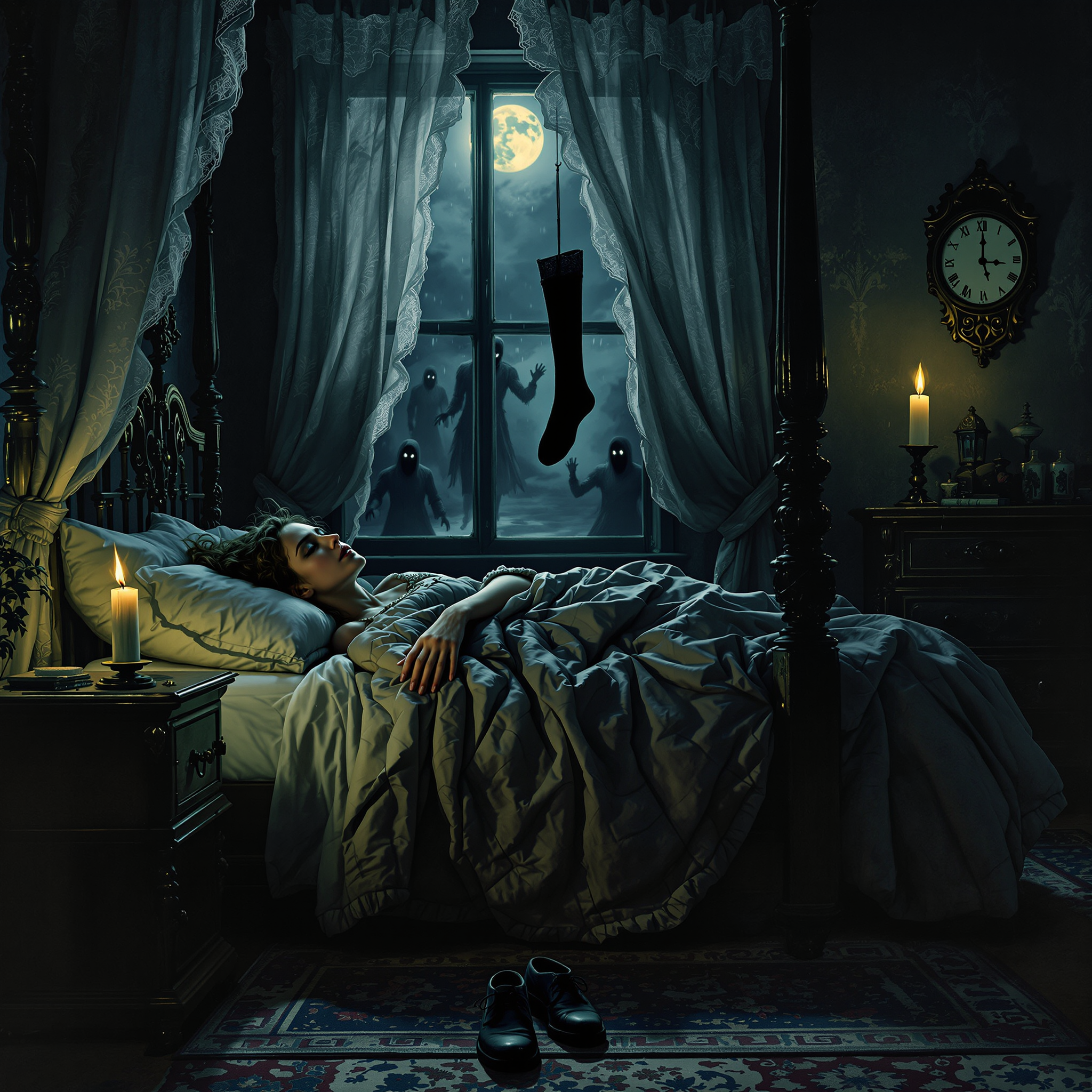This superstition warns against sleeping with one’s stockings still on. In traditional belief systems, clothing worn during the day was thought to carry emotional or spiritual residue accumulated from external environments. Nighttime was seen as a sacred period of rest and inner cleansing, so wearing day garments – especially tight fabric like stockings – was considered obstructive to the body’s natural healing rhythms. In some traditions, it was said that spirits or negative energy could become trapped in worn garments and ‘follow’ the sleeper into dream states. Additionally, from a health perspective, it was believed tight leg coverings could constrict blood flow or cause nightmares. As a result, the unspoken rule was to sleep only in loose, clean garments intended purely for rest.

A baby’s future career or fate is predicted by the first object they select during a ceremonial setup.
In several Asian and Eastern European cultures, a traditional ceremony is held for babies usually around their first birthday. Known


